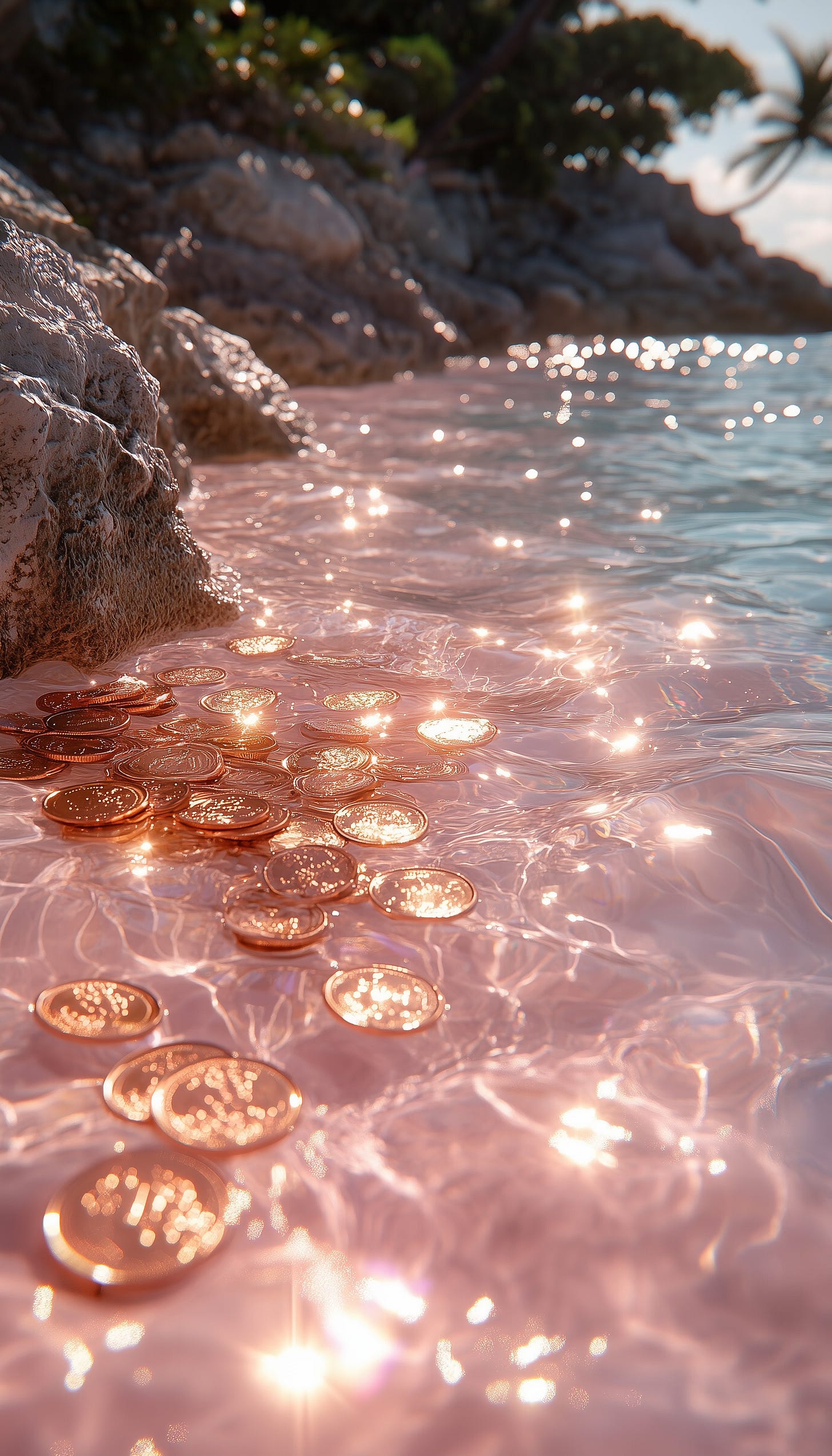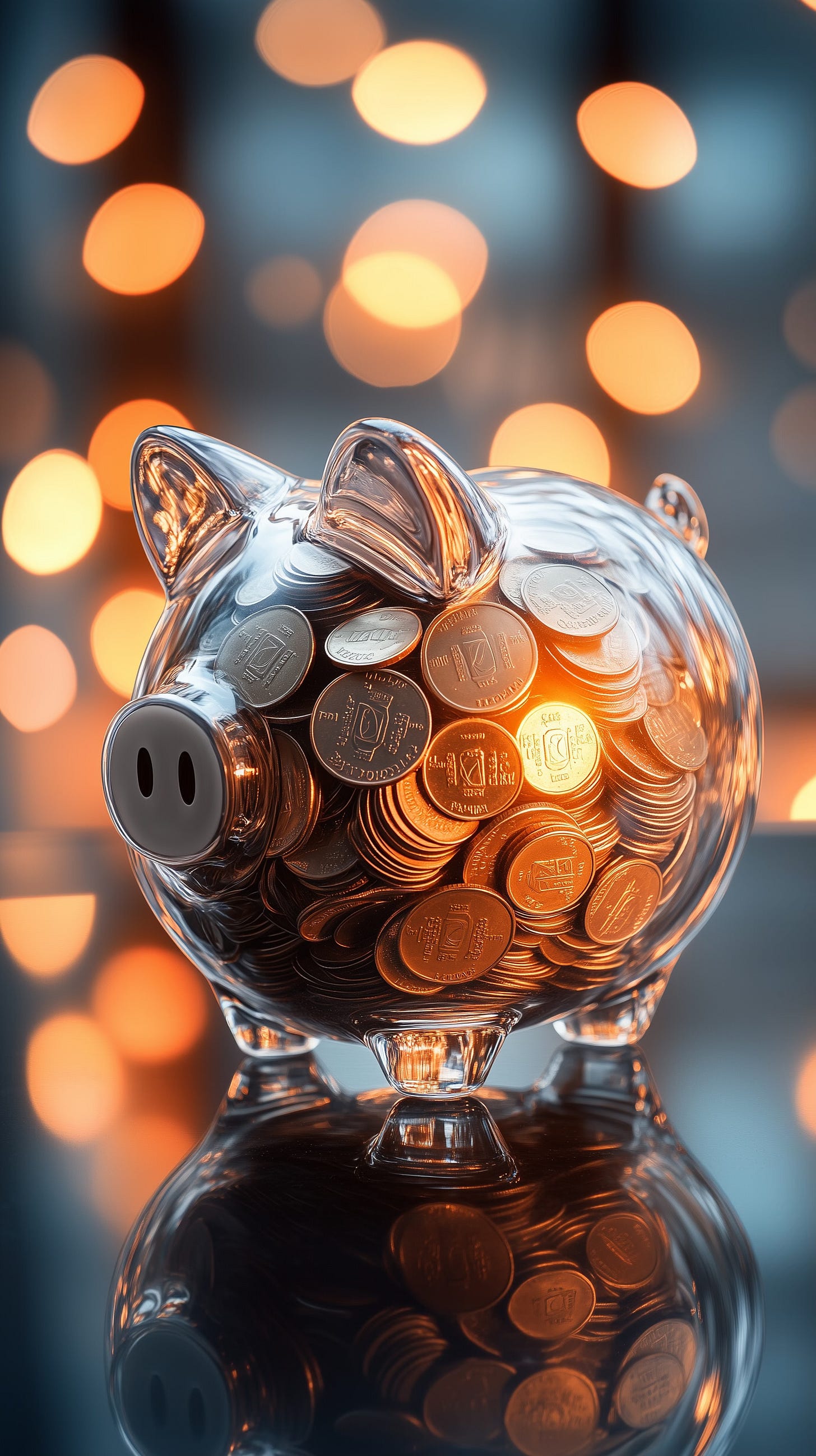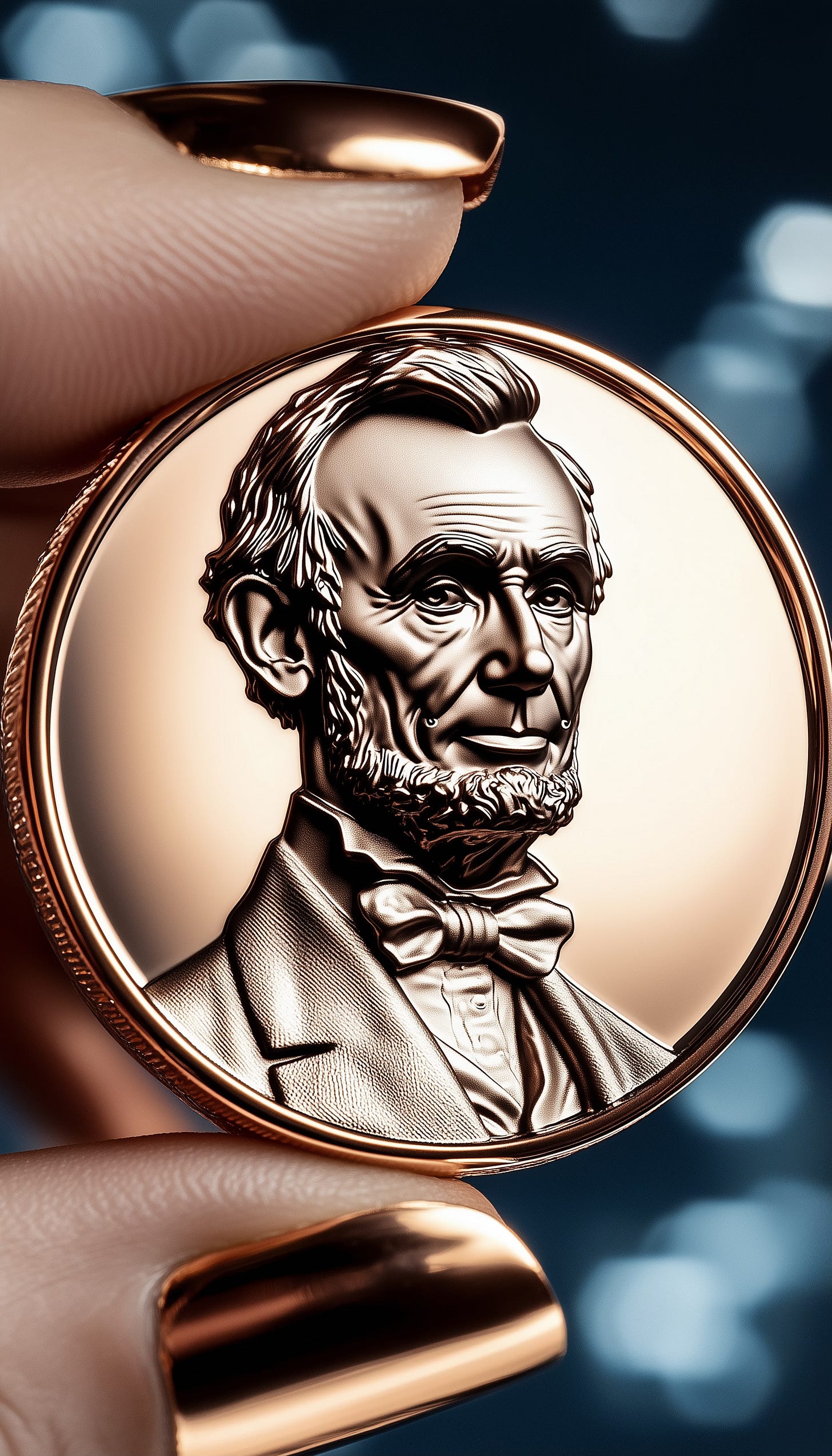National Lost Penny Day: Celebrating the Small but Mighty Coin
Every February 12, we celebrate National Lost Penny Day, a quirky and nostalgic holiday dedicated to those tiny copper coins we often overlook. This day encourages us to appreciate the penny’s history, cultural significance, and even its benefits—whether in our economy, personal traditions, or even nutrition.
For me, pennies carry deep sentimental value. My mom always says “pennies from heaven” whenever she finds one, believing it’s a sign from her dad, a spiritual connection that brings her comfort. Because of this, pennies always remind me of him, and today was no exception. I found a perfectly shiny penny in my pocket and was about to toss it into a mall fountain to make a wish—until I hesitated. A recent news story flashed through my mind: Trump has announced plans to halt the production of pennies. Could this be the last time I hold a newly minted penny?
Let’s dive into the history, benefits, and future of the penny, and why this small coin holds more significance than meets the eye.
The History of the Penny
The U.S. penny has been around since 1793, originally made of pure copper and featuring the image of Lady Liberty. Over time, the composition changed to balance cost and durability:
1793-1837: 100% copper
1837-1857: 95% copper, 5% tin and zinc
1857-1864: 88% copper, 12% nickel
1864-1942: 95% copper, 5% zinc and tin
1943: The famous steel penny (due to copper shortages during WWII)
1944-1982: 95% copper, 5% zinc
1982-present: 97.5% zinc, 2.5% copper plating
Over the years, the penny has evolved, but its place in American culture remains strong—though now threatened by economic considerations.
The Current Status of Copper and Zinc
Pennies today are primarily made of zinc, with only a thin copper coating. However, both metals face concerns:
Copper: Demand for copper has increased due to its use in electrical wiring, renewable energy, and technology, leading to fluctuating availability and rising costs.
Zinc: The U.S. has zinc reserves, but global supply chains impact pricing, and mining concerns raise environmental questions.
Minting Costs: The production of pennies costs nearly 4 cents per penny, leading to a financial loss for the U.S. Mint. In 2024, the government lost $85.3 million producing pennies alone.
The Benefits of Copper and Zinc in Our Diets
Beyond their role in coinage, both copper and zinc are essential nutrients for our health:
Copper Benefits: Supports brain function, immune health, and iron absorption.
Zinc Benefits: Crucial for immune function, wound healing, and metabolism.
Foods Rich in Copper and Zinc:
Copper-Rich Foods:
Nuts and seeds (cashews, sunflower seeds)
Shellfish (oysters, crab, lobster)
Dark chocolate
Lentils
Avocados
Zinc-Rich Foods:
Red meat and poultry
Dairy products
Whole grains
Pumpkin seeds
Chickpeas and beans
Five Benefits of National Lost Penny Day:
Encourages Reflection on Small Things that Matter
Pennies may be tiny, but they symbolize history, economy, and personal meaning.
Brings Nostalgia and Traditions to Life
Whether it’s finding a “lucky penny” or remembering a loved one, pennies often hold sentimental value.
Promotes Financial Literacy
Searching for pennies and rolling coins reminds us of the value of saving, even in small amounts.
Teaches About Metals and Resources
The penny’s composition tells a story about resource management and government decision-making.
Raises Awareness of Government Actions
With discussions about discontinuing the penny, today is a reminder to pay attention to policies that impact even the smallest aspects of our daily lives.
The Future of the Penny
President Donald Trump recently directed the U.S. Treasury Department to halt the production of new pennies due to the rising cost of minting them. While this could free up millions of dollars for the administration to channel towards their Project 2025 agenda, it also raises questions about the cultural and economic impact of eliminating the penny.
Other countries, including Canada, Australia, and New Zealand, have already phased out their lowest-denomination coins, and now the U.S. is considering following suit. However, eliminating the penny requires Congressional approval, and legal debates are ongoing about whether the Treasury can act unilaterally.
Final Thoughts
Today, I held a perfectly shiny penny in my palm, on the verge of tossing it into the fountain for good luck—until I hesitated. If Trump’s directive moves forward, pennies may soon become relics of the past. But whether or not they disappear, their symbolism, history, and personal significance will remain.
For me, every lost penny will always be a “penny from heaven,” a reminder of my grandfather and the small but powerful ways we stay connected to those we love.
What do you think? Should we keep the penny or let it go? Drop a comment below!







